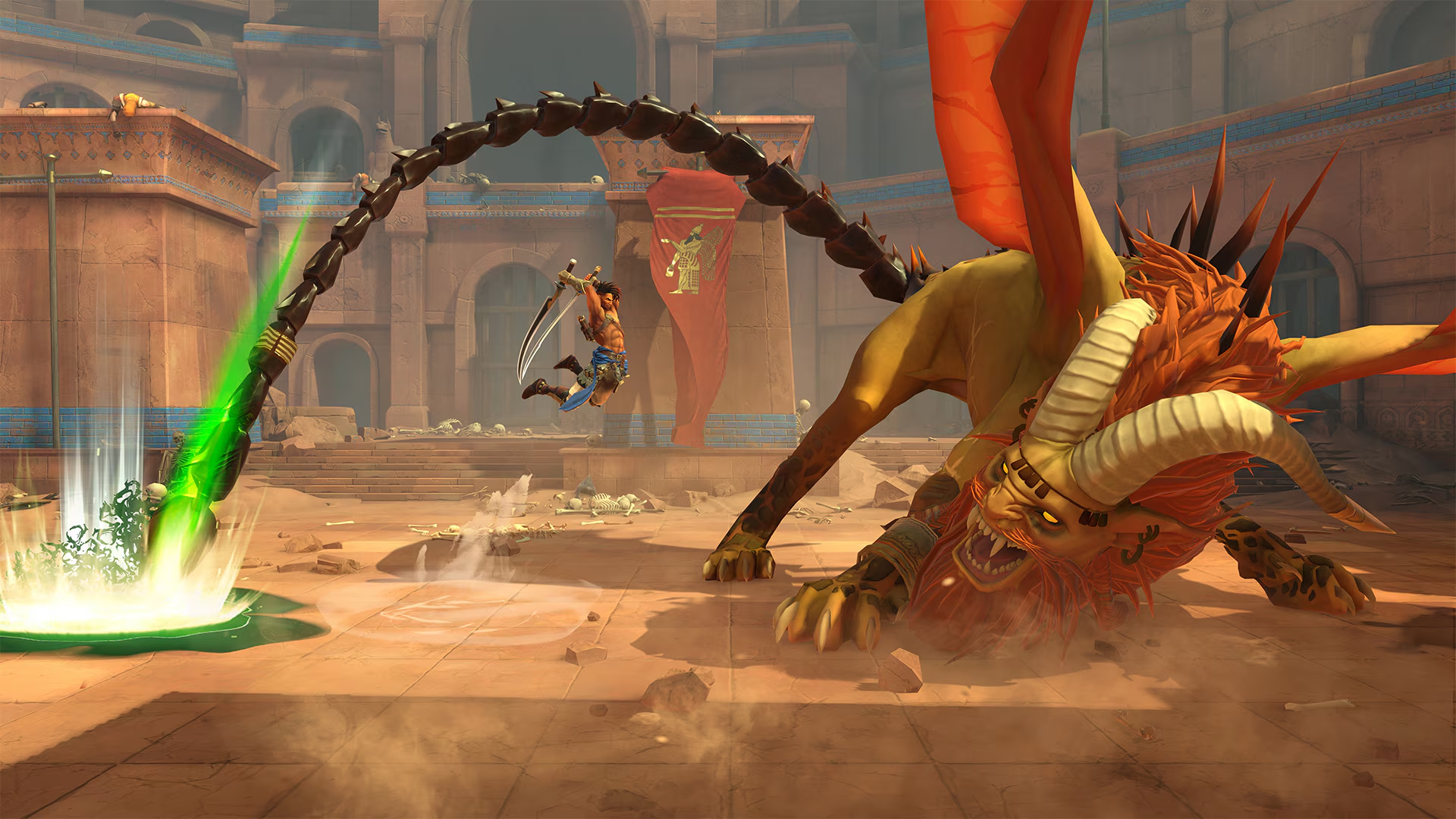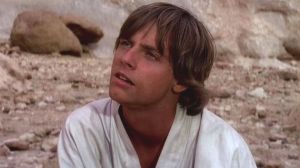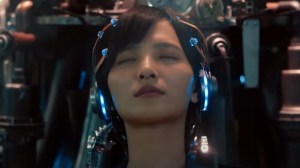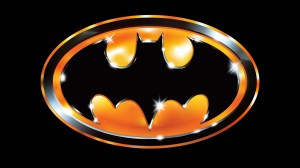I’ve been a huge fan of Prince of Persia since the original release of Prince of Persia 2: The Shadow and the Flame in the 90s. The colour palette, music, and gameplay felt so advanced compared to other games I had been playing at the time. The franchise would capture my love again during the release of Prince of Persia: The Sands of Time and the subsequent titles that are part of the Prince of Persia trilogy. Sadly, with the success of Assassin’s Creed, it always felt like the success of that series cannibalized the opportunities for Prince of Persia.
Videos by ComicBook.com
This remained relatively true until Ubisoft got exploratory with Prince of Persia via Ubisoft’s Montpellier studio, which developed and launched Prince of Persia: The Lost Crown. Harkening back to the roots of the series, The Lost Crown is a metroidvania-stylized Prince of Persia game. While the protagonist has changed appearances from the iconic look seen and developed during the Prince of Persia trilogy years, the game has certainly developed a narrative and origin for Prince of Persia that actually feels Persian.
I felt the mythology and culture of Persia immediately upon starting the game since it takes place narratively within a historical fiction fantasy. The art, deco, writing, and reliefs are all on point to Persian culture. The setting takes place predominantly on Mount Qaf and centers around saving the son of Queen Thomyris, Ghassan. Mixed into the narrative is the lore behind King Darius, too. As a historical Civilization player, all the names landed on the feeling that The Lost Crown has truly made an effort to inject Persian culture into the game.
Prince of Persia: The Lost Crown introduces the hero character, Sargon, who is a new entrant into Persia’s elite force of seven warriors – The Immortals. The immortals head to Mount Qaf to rescue Prince Ghassan. However, Mount Qaf is a cursed place – those who enter and explore Mount Qaf are never seem to return.
For me, the story took a backseat to the overall game mechanics, which I was very invested in. Most Prince of Persia games include a time rewind mechanic, which isn’t available in The Lost Crown. Instead, there is an introduction to Time Powers that are unlocked through collecting Feathers of Simurgh. Those Time Powers offer up several different combat and platformer mechanics that are common to Metroidvania games. Some of them include the Rush of the Simurgh (mid-air dash) or Gravity Wings (double jump). However, Shadow of the Simurgh offers up a Time power that is a similar but more powerful version of a rewind mechanic, so to speak. Shadow of the Simurgh allows for the creation of a crystallized copy of Sargon that can be returned to at the click of a button, and any action that was taken whilst crystalizing will happen again.

The Shadow of the Simurgh power I used over and over again across combat and platforming moments. From a combat perspective, I could “rewind” away from danger, or move fast behind bosses and foes for a lethal strike, or repeat a particularly devastating attack for double the benefits. On the platforming side, there were moments I really had no idea how to progress without jumping into an abyss of danger. The Shadow of the Simurgh offered opportunities to scout ahead and, a moment before an otherwise lethal event occurs, “rewind” back to a place of safety.
These Time Powers, as well as the collection of amulets with passive effects, serve to sate the Metroidvania itch. However, I would compare The Lost Crown more to Hollow Knight than a typical Metroid game. Similar to what is experienced in Hollow Knight, The Lost Crown offers Amulet holders to increase the number of amulets that can be equipped, amulets can be upgraded, and ore collected to upgrade weapons. As a 100% completionist type gamer, The Lost Crown offered up a lot of meaningful collectables that positively impacted my experience, but at a scale that didn’t overextend the game past the point of fun.

The bosses were similarly quite challenging, although with both Cuphead and Elden Ring under my belt, it is still manageable. The bosses do have different phases that unlock depending on how much of their health has been eliminated. Those phase changes make for a more unpredictable battle and increase the difficulty of the game. At times, some bosses did require additional grinding to find better gear to power up Sargon to make the bosses more manageable.
Overall, Prince of Persia: The Lost Crown is a fantastic playthrough and works particularly great on the Steam Deck. Since The Lost Crown is Steam Deck verified, quality of life concerns for how it operates on the handheld are moot. The only unfortunate news to consider with Prince of Persia: The Lost Crown is that despite having sold over 1 million copies, the Ubisoft development team responsible for this title has disbanded, making the likelihood of a sequel very much uncertain.








